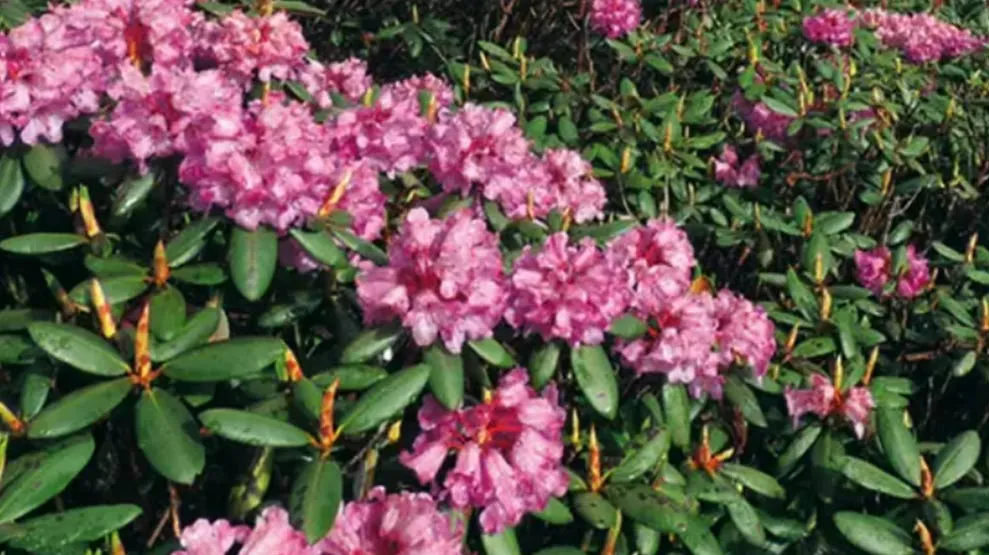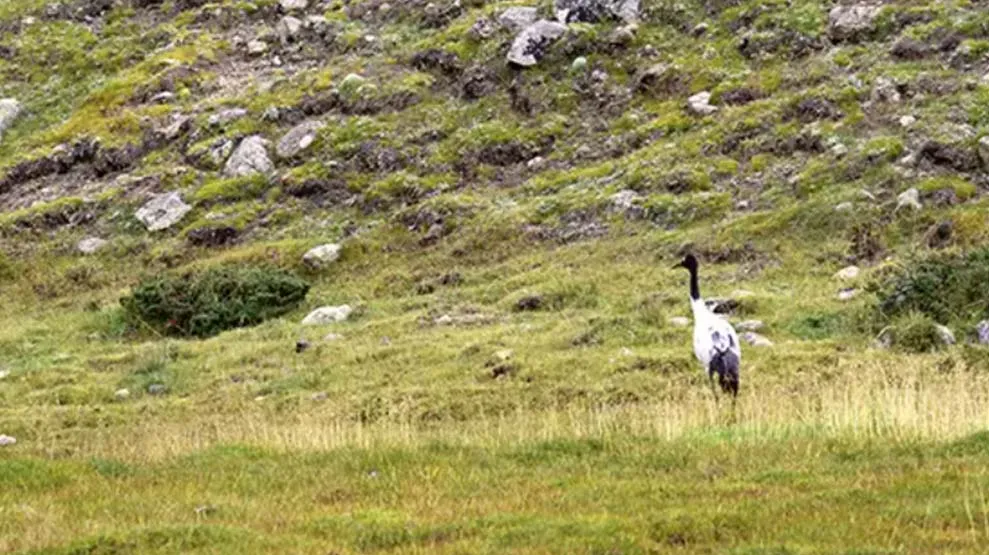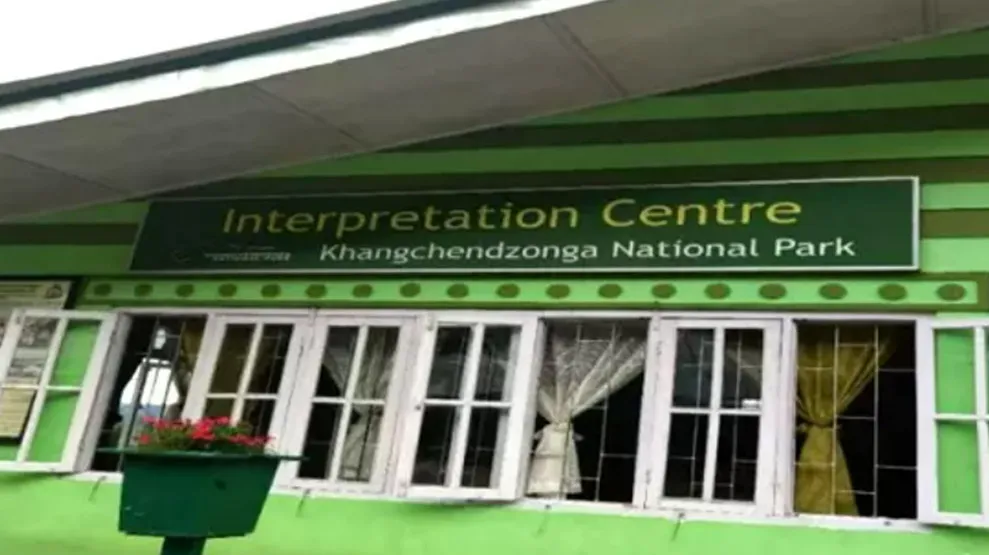



India is recognized as one of the twelve mega-diversity centers of the world. Out of the Eighteen Biodiversity hotspots in the world, India owns two, namely the Western Ghats and the Eastern Himalayas; Sikkim covers just 0.2 % of the geographical area of the country, has massive biodiversity, and has been identified as one of the HOTSPOTS in the Eastern Himalayas. On your next Sikkim tour packages with OurGuest, make sure to give it a visit.
There are ten biogeographic zones & 25 biotic provinces--- with 16 major forest types & > 200 subtypes. Sikkim falls under the Himalayan Biogeographic zone & Central Himalaya biotic province, having about nine types of forest types.
The State is blessed with a rich diversity of flora and fauna and one should not miss it during their Sikkim tour packages. Species-wise, the State is home to over 4500 flowering plants, 550 Orchids, 36 Rhododendrons, 16 Conifers, 28 Bamboos, 362 Ferns and their allies, 9 Tree Ferns, 30 Primulas, 11 Oaks, over 424 Medicinal plants, over 144 mammals, 550 Birds, 48 Fishes and over 600 Butterflies.

While these figures are still not absolute, it is important to note that this is only the mega-fauna and flora. The largely untapped diversity of insects like beetles and moths, as well as a host of other life forms, is yet to be researched and documented in their entirety.
Most of the high-altitude medicinal plants are rare and endangered species. Sikkim also has 28 Mountain Peaks, over 80 Glaciers, over 227 high-altitude lakes/wetlands, and over 104 rivers and streams.

Sikkim has been blessed with luxuriant forests with various medicinal plants, herbs, shrubs, bamboo, and trees growing in the State. In the forest, there are a number of plants whose medicinal values have been well recognized by local people as well as by different pharmaceutical sectors in particular.
Medicinal plants ought to be given the status of a "National Resource" because their sustained availability is essential to sustain one of the world's oldest medicinal traditions, a priceless legacy of the Indian people.
For the treatment of various ailments, the local inhabitants use numerous herbal remedies, which are still in practice today in various ethnic communities in the State.
Sikkim's flora and fauna are indeed a national treasure, and for one to experience the true beauty of this hidden land, one must take the Sikkim tour packages from OurGuest, travel into the interiors and explore the landscapes.

Khangchendzonga National Park - Global Biodiversity Hotspot
Located at the heart of the Himalayan range, the Khangchendzonga National Park (KNP) is a part of the Khangchendzonga Biosphere Reserve (KBR). As per the United Nations Educational, Scientific and Cultural Organization (UNESCO, 2016), Khangchendzonga National Park (KNP) is also a place of worship by the indigenous people. Therefore, Khangchendzonga National Park (KNP) became India's first "Mixed Heritage Site" on July 17, 2016. A site is considered a mixed heritage site if it has both natural and cultural significance. The Park is near Yuksom, West Sikkim, presents spectacular beauty, and is surrounded by snow-covered mountains throughout the year. The KNP/KBR complex situated in North and West Sikkim districts is the biggest Important Bird Area (IBA) in Sikkim, occupying nearly 40% of the State. It lies completely along the Sikkim-Nepal outskirt and incorporates the Khangchendzonga Range from the South Lhonak Glacier in trans-Himalayan Sikkim down to Barsey Rhododendron Sanctuary in South Sikkim. The Khangchendzonga National Park incorporates an interesting, decent variety of fields, valleys, lakes, icy masses, and terrific snow-capped mountains secured with old backwoods, including the world's third most astounding pinnacle.
The Khangchendzonga Biosphere Reserve (KBR) is the only important major conservation area with more ecological, faunal, floral, geomorphologic, natural, and zoological significance in this part of the Himalayan belt declared by the government of India in 2000. It is also endowed with one of the highest ecosystems in the world, and it covers varying eco-clines from subtropical to arctic, vast land of natural forest in different biomes from 1220m to over 8586 m above sea level. The vegetation mainly comprises East Himalayan Subtropical Broadleaf hill forest, East Himalayan moist temperate forest, East Himalayan mixed coniferous forest, East Himalayan Subalpine Birch/Fir/Rhododendron forest, Moist Alpine Scrub forest, and Alpine Pastures. Among the animals, Red Panda, which is popularly known as the state animal, Snow Leopard, Great Tibetan Sheep, Bharal, Musk Deer, Blood Pheasant, and Himalayan Snow Cock are some of the unique fauna in Khangchendzonga National Park.
Khangchendzonga National Park (KNP) interpretation center is the main office of The Khangchendzonga National Park (KNP), which is situated in Yuksom; the interpretation center will give you vital information on flora and fauna present in the Park.
Taking a tour of Sikkim's flora and fauna is a must-do activity for nature enthusiasts as it provides an unparalleled chance to witness some of the Earth's most unique and awe-inspiring natural wonders. With OurGuest, one can enjoy hassle-free and guided Sikkim tour packages and take home memories that would last a lifetime.




